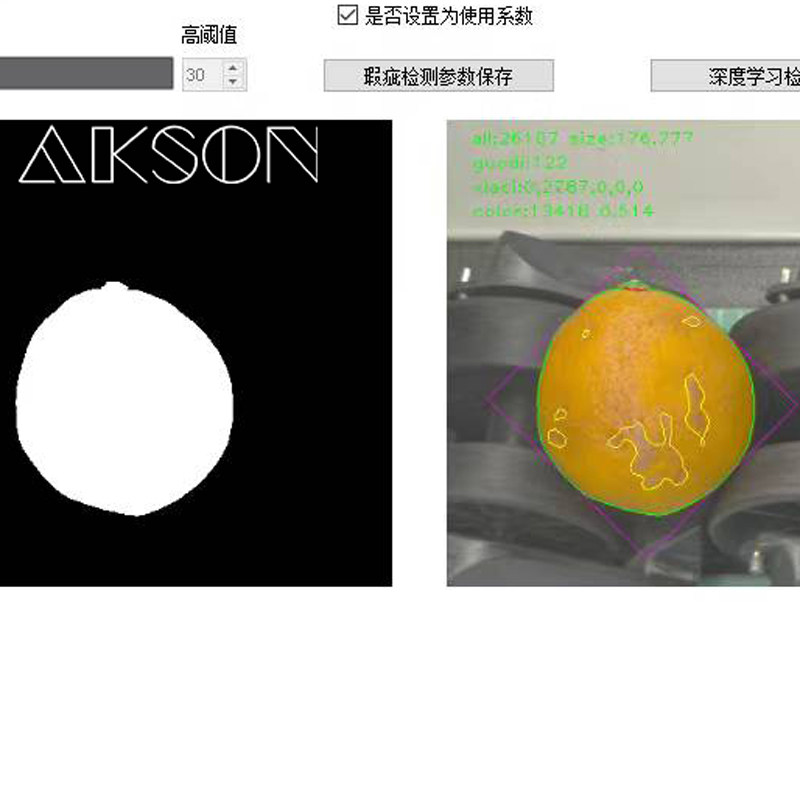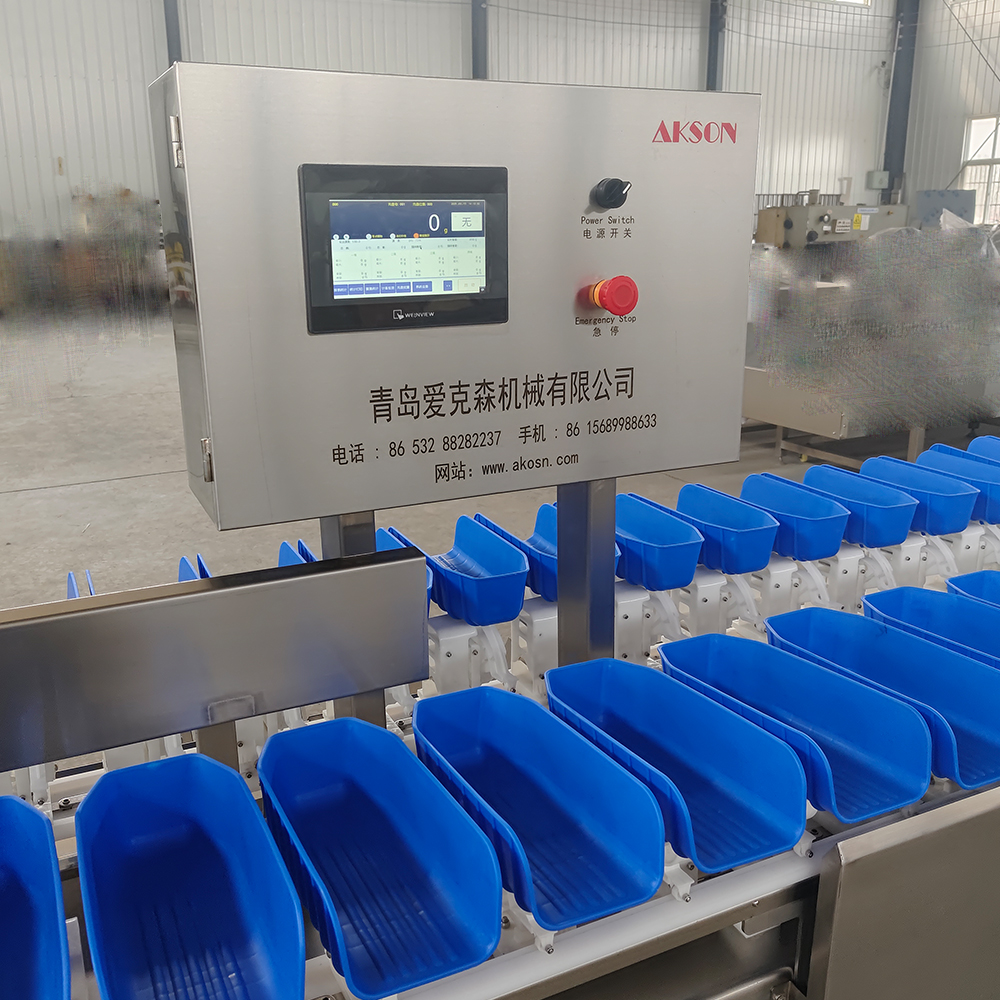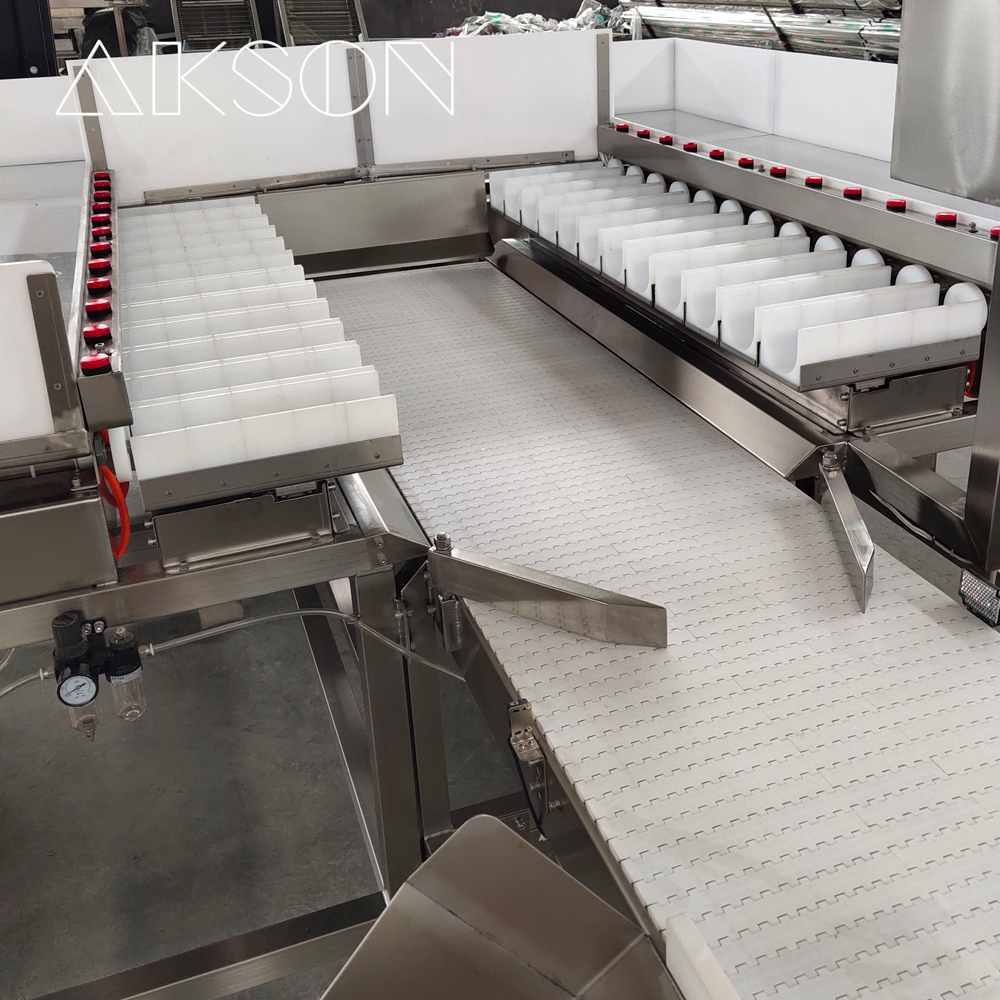Benefits of Visual Sorting machine, Applications of Visual Sorting
Sorting is an important task in many industries. Such as manufacturing, logistics, and retail. Visual sorting is a method of sorting items based on their visual characteristics. Such as shape, size, color, and defect. In this article, we will explore visual sorting in detail, including its benefits, applications, and techniques.
Benefits of Visual Sorting machine
Visual sorting offers several benefits over other sorting methods. Such as manual sorting or automated sorting based on barcodes or tags. Some of these benefits are:
Flexibility: Visual sorting can be used to sort a wide range of items, including those that do not have barcodes or RFID tags, or those that have been damaged or defaced.
Cost-effectiveness: Visual sorting does not require expensive hardware or software, and can be performed by human operators or low-cost automated systems.
Accuracy: Visual sorting can achieve high levels of accuracy, especially when combined with automated systems that use machine vision and artificial intelligence algorithms.
Speed: Visual sorting can be performed quickly, especially when using automated systems that can sort hundreds or thousands of items per hour.
Applications of Visual Sorting machine
Visual sorting has many applications in various industries, including:
Manufacturing: Visual sorting can be used to sort parts or components based on their visual characteristics, such as shape, size, or defects. This can help ensure that only high-quality parts are used in the manufacturing process, improving product quality and reducing waste.
Logistics: Visual sorting can be used to sort packages or parcels based on their visual characteristics, such as size, weight, or destination. This can help improve the efficiency and accuracy of shipping and receiving operations.
Retail: Visual sorting can be used to sort products based on their visual characteristics, such as color or style. This can help retailers organize their inventory and improve the shopping experience for customers.
Agriculture: Visual sorting can be used to sort fruits or vegetables based on their visual characteristics, such as size or ripeness. This can help improve the efficiency and accuracy of harvesting operations.
Techniques of Visual Sorting
Visual sorting can be performed using various techniques, depending on the application and the level of automation required. Some of these techniques are:
Manual sorting: This is the simplest form of visual sorting, where human operators sort items based on their visual characteristics. This technique is suitable for low-volume sorting operations or for items that require human judgement, such as sorting fresh produce.
Semi-automated sorting: This technique combines manual sorting with automated systems that assist human operators. For example, a semi-automated sorting system for parcels may use conveyor belts and sensors to separate parcels based on their size and weight, and then present them to human operators for final sorting.
Automated sorting: This technique uses machine vision and artificial intelligence algorithms to automatically sort items based on their visual characteristics. Automated sorting systems can sort items at high speeds and with high levels of accuracy. For example, an automated sorting system for manufacturing may use cameras and image recognition algorithms to inspect parts and components for defects, and then sort them into different bins based on their quality.
Color sorting: This technique is used to sort items based on their color. Color sorting systems use cameras and image processing algorithms to detect the color of each item and then sort them into different bins based on their color. Color sorting is commonly used in industries such as food processing, where different colors may indicate different levels of ripeness or quality.
Shape sorting: This technique is used to sort items based on their shape. Shape sorting systems use cameras and image processing algorithms to detect the shape of each item and then sort them into different bins based on their shape. Shape sorting is commonly used in industries such as manufacturing, where different shapes may indicate different parts or components.
 weight sorting machine, grading mahcine
weight sorting machine, grading mahcine


